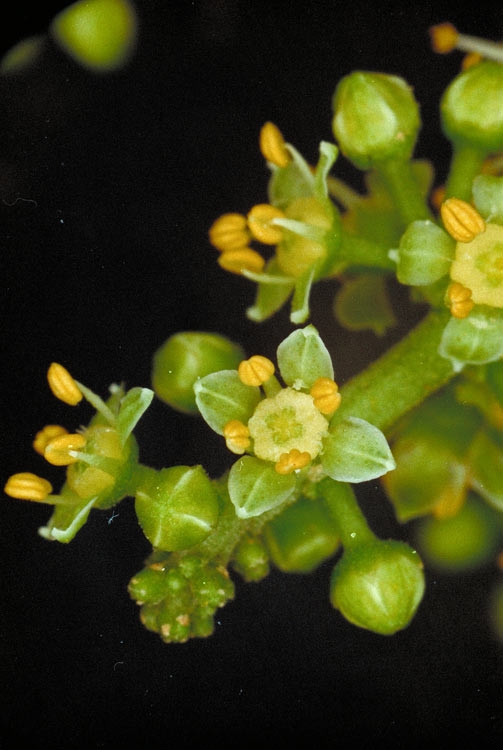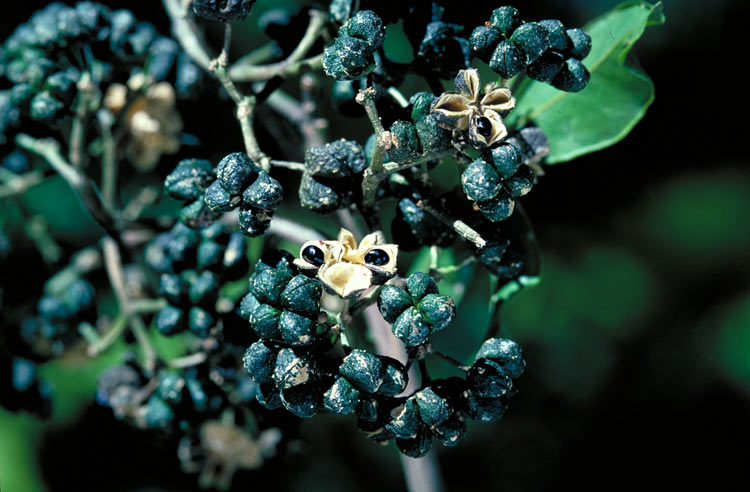|
Paralopostega Dives
''Paralopostega dives'' is a moth of the family Opostegidae. It was first described by Lord Walsingham in 1907. It is endemic to the Hawaiian island of Kauai. The larvae feed on '' Melicope'' species ('' M. anisata'', '' M. kauaiensis'' and '' M. gayana''). They probably mine Mine, mines, miners or mining may refer to: Extraction or digging * Miner, a person engaged in mining or digging *Mining, extraction of mineral resources from the ground through a mine Grammar *Mine, a first-person English possessive pronoun ... the leaves of their host plant. External linksGeneric Revision of the Opostegidae, with a Synoptic Catalog of the World's Species (Lepidoptera: Nepticuloidea)* Opostegidae Endemic moths of Hawaii Biota of Kauai Moths described in 1907 {{Opostegidae-stub ... [...More Info...] [...Related Items...] OR: [Wikipedia] [Google] [Baidu] |
Thomas De Grey, 6th Baron Walsingham
Thomas de Grey, 6th Baron Walsingham (29 July 1843 – 3 December 1919), of Merton Hall, Norfolk, was an English politician and amateur entomologist. Biography Walsingham was the son of Thomas de Grey, 5th Baron Walsingham, and Augusta-Louisa, daughter of Sir Robert Frankland-Russell, 7th Baronet. He was born on Stanhope Street in Mayfair, the family's London house. He was educated at Eton and Trinity College, Cambridge. He sat as Conservative Member of Parliament for West Norfolk from 1865 until 1870, when he succeeded to the title and estates of his father, and entered the House of Lords. From 1874 to 1875 he served as a Lord-in-waiting (government whip) in the second Conservative government of Benjamin Disraeli. From 1870 on he also ran the family's estate at Merton, Norfolk, served as trustee of the British Museum and performed many other public functions. Walsingham was a keen lepidopterist, collecting butterflies and moths from a young age, and being particularly inter ... [...More Info...] [...Related Items...] OR: [Wikipedia] [Google] [Baidu] |
Moth
Moths are a paraphyletic group of insects that includes all members of the order Lepidoptera that are not butterflies, with moths making up the vast majority of the order. There are thought to be approximately 160,000 species of moth, many of which have yet to be described. Most species of moth are nocturnal, but there are also crepuscular and diurnal species. Differences between butterflies and moths While the butterflies form a monophyletic group, the moths, comprising the rest of the Lepidoptera, do not. Many attempts have been made to group the superfamilies of the Lepidoptera into natural groups, most of which fail because one of the two groups is not monophyletic: Microlepidoptera and Macrolepidoptera, Heterocera and Rhopalocera, Jugatae and Frenatae, Monotrysia and Ditrysia.Scoble, MJ 1995. The Lepidoptera: Form, function and diversity. Oxford, UK: Oxford University Press; 404 p. Although the rules for distinguishing moths from butterflies are not well establishe ... [...More Info...] [...Related Items...] OR: [Wikipedia] [Google] [Baidu] |
Opostegidae
Opostegidae or "white eyecap moths" is a family of insects in the order Lepidoptera that is characterised by particularly large eyecaps over the compound eyes (see also Nepticulidae, Bucculatricidae, Lyonetiidae). Opostegidae are most diverse in the New World tropics (83 described species, representing 42% of the world total). These small, whitish moths are probably miners in plant stems. Examples of host plants used in Europe are ''Lycopus'', ''Mentha'' and ''Rumex The docks and sorrels, genus ''Rumex'', are a genus of about 200 species of annual, biennial, and perennial herbs in the buckwheat family, Polygonaceae. Members of this genus are very common perennial herbs with a native almost worldwide distribu ...'', but their biology is poorly known. The subfamily Oposteginae comprises 87 described species and Opostegoidinae includes 15 described species.Davis D.R. (1989). Generic revision of the Opostegidae, with a synoptic catalog of the world's species (Lepidoptera: Nepticul ... [...More Info...] [...Related Items...] OR: [Wikipedia] [Google] [Baidu] |
Kauai
Kauai, () anglicized as Kauai ( ), is geologically the second-oldest of the main Hawaiian Islands (after Niʻihau). With an area of 562.3 square miles (1,456.4 km2), it is the fourth-largest of these islands and the 21st largest island in the United States. Nicknamed the Garden Isle, Kauai lies 73 miles (117 km) across the Kauai Channel, northwest of Oahu. This island is the site of Waimea Canyon State Park and the Na Pali Coast State Park. The United States Census Bureau defines Kauai as census tracts 401 through 409 of Kauai County, Hawaii, which comprises all of the county except the islands of Kaʻula, Lehua and Niihau. The 2020 United States census population of the island was 73,298. The most populous town is Kapaa. Etymology and language Hawaiian narrative locates the name's origin in the legend of Hawaiiloa, the Polynesian navigator credited with discovery of the Hawaiian Islands. The story relates how he named the island of Kauai after a favorite son; ... [...More Info...] [...Related Items...] OR: [Wikipedia] [Google] [Baidu] |
Larva
A larva (; plural larvae ) is a distinct juvenile form many animals undergo before metamorphosis into adults. Animals with indirect development such as insects, amphibians, or cnidarians typically have a larval phase of their life cycle. The larva's appearance is generally very different from the adult form (''e.g.'' caterpillars and butterflies) including different unique structures and organs that do not occur in the adult form. Their diet may also be considerably different. Larvae are frequently adapted to different environments than adults. For example, some larvae such as tadpoles live almost exclusively in aquatic environments, but can live outside water as adult frogs. By living in a distinct environment, larvae may be given shelter from predators and reduce competition for resources with the adult population. Animals in the larval stage will consume food to fuel their transition into the adult form. In some organisms like polychaetes and barnacles, adults are immobil ... [...More Info...] [...Related Items...] OR: [Wikipedia] [Google] [Baidu] |
Melicope
''Melicope'' is a genus of about 240 species of shrubs and trees in the family Rutaceae, occurring from the Hawaiian Islands across the Pacific Ocean to tropical Asia, Australia and New Zealand. Plants in the genus ''Melicope'' have simple or trifoliate leaves arranged in opposite pairs, flowers arranged in panicles, with four sepals, four petals and four or eight stamens and fruit composed of up to four follicles. Description Plants in the genus ''Melicope'' have simple or trifoliate leaves arranged in opposite pairs, or sometimes whorled. The flowers are arranged in panicles and are bisexual or sometimes with functionally male- or female-only flowers. The flowers have four sepals, four petals and four or eight stamens. There are four, sometimes five, carpels fused at the base with fused styles, the stigma similar to the tip of the style. The fruit is composed of up to four follicles fused at the base, each with one or two seeds. Taxonomy The genus ''Melicope'' was first ... [...More Info...] [...Related Items...] OR: [Wikipedia] [Google] [Baidu] |
Melicope Anisata
''Melicope'' is a genus of about 240 species of shrubs and trees in the family Rutaceae, occurring from the Hawaiian Islands across the Pacific Ocean to tropical Asia, Australia and New Zealand. Plants in the genus ''Melicope'' have simple or trifoliate leaves arranged in opposite pairs, flowers arranged in panicles, with four sepals, four petals and four or eight stamens and fruit composed of up to four follicles. Description Plants in the genus ''Melicope'' have simple or trifoliate leaves arranged in opposite pairs, or sometimes whorled. The flowers are arranged in panicles and are bisexual or sometimes with functionally male- or female-only flowers. The flowers have four sepals, four petals and four or eight stamens. There are four, sometimes five, carpels fused at the base with fused styles, the stigma similar to the tip of the style. The fruit is composed of up to four follicles fused at the base, each with one or two seeds. Taxonomy The genus ''Melicope'' was first ... [...More Info...] [...Related Items...] OR: [Wikipedia] [Google] [Baidu] |
Melicope Kauaiensis
''Melicope'' is a genus of about 240 species of shrubs and trees in the family Rutaceae, occurring from the Hawaiian Islands across the Pacific Ocean to tropical Asia, Australia and New Zealand. Plants in the genus ''Melicope'' have simple or trifoliate leaves arranged in opposite pairs, flowers arranged in panicles, with four sepals, four petals and four or eight stamens and fruit composed of up to four follicles. Description Plants in the genus ''Melicope'' have simple or trifoliate leaves arranged in opposite pairs, or sometimes whorled. The flowers are arranged in panicles and are bisexual or sometimes with functionally male- or female-only flowers. The flowers have four sepals, four petals and four or eight stamens. There are four, sometimes five, carpels fused at the base with fused styles, the stigma similar to the tip of the style. The fruit is composed of up to four follicles fused at the base, each with one or two seeds. Taxonomy The genus ''Melicope'' was fir ... [...More Info...] [...Related Items...] OR: [Wikipedia] [Google] [Baidu] |
Melicope Gayana
''Melicope'' is a genus of about 240 species of shrubs and trees in the family Rutaceae, occurring from the Hawaiian Islands across the Pacific Ocean to tropical Asia, Australia and New Zealand. Plants in the genus ''Melicope'' have simple or trifoliate leaves arranged in opposite pairs, flowers arranged in panicles, with four sepals, four petals and four or eight stamens and fruit composed of up to four follicles. Description Plants in the genus ''Melicope'' have simple or trifoliate leaves arranged in opposite pairs, or sometimes whorled. The flowers are arranged in panicles and are bisexual or sometimes with functionally male- or female-only flowers. The flowers have four sepals, four petals and four or eight stamens. There are four, sometimes five, carpels fused at the base with fused styles, the stigma similar to the tip of the style. The fruit is composed of up to four follicles fused at the base, each with one or two seeds. Taxonomy The genus ''Melicope'' was fir ... [...More Info...] [...Related Items...] OR: [Wikipedia] [Google] [Baidu] |






